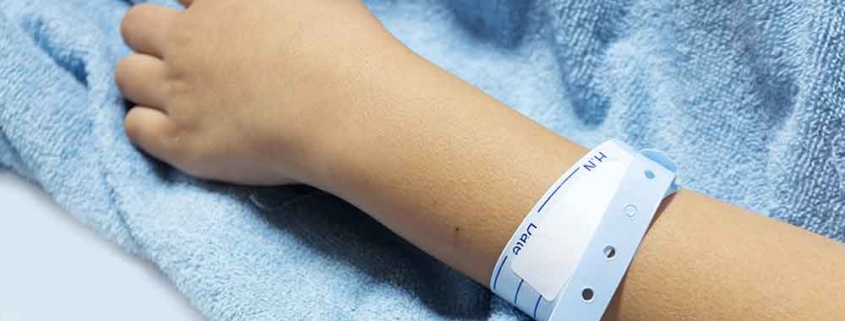Nurse burnout is a critical issue linked to workplace stress, risking patient safety. Strategies to mitigate it include reducing administrative tasks, fostering communication, optimizing workflows, and prioritizing well-being. Solutions involve outsourcing tasks, improving communication channels, automating workflows, and offering support programs promoting work-life balance and mental well-being.
Unlock the essential strategies to meet The Joint Commission’s National Patient Safety Goals. This article highlights key insights that go beyond the basics, providing innovative solutions to enhance patient safety. Discover how to exceed safety standards and create a secure healthcare environment.
Healthcare policies and procedures are crucial for delivering quality care, ensuring safety, efficiency, and compliance. They’re dynamic and based on evidence, evolving to meet patient needs. Involving frontline staff, updating based on data, and fostering transparent communication are key for successful implementation.
Fostering resilience in healthcare organizations through High-Reliability Organization (HRO) tools is crucial for patient safety and organizational adaptability. HRO principles include preoccupation with failure, reluctance to simplify interpretations, sensitivity to operations, commitment to resilience, and deference to expertise. Implementing tools like safety reporting systems, diverse team formation, daily safety huddles, and crisis management training enhances organizational culture and effectiveness.
Falls in healthcare settings are a significant public health concern. They have consequences ranging from hip fractures to a heightened fear of falling. Not only do they increase bed time, but they can drastically reduce a patient’s quality of life.
Globally, medication errors are a leading cause of patient harm in hospitals, accounting for up to 20% of patient safety events. Each year, such errors are responsible for between 7,000 and 9,000 preventable patient fatalities.
Globally, medication errors are a leading cause of patient harm in hospitals, accounting for up to 20% of patient safety events. Each year, such errors are responsible for between 7,000 and 9,000 preventable patient fatalities.
Resources
Our Products
Our Services
Get In Touch
10809 Executive Center Drive
Searcy Building, Suite 300
Little Rock, AR 72211
(501) 225-5533
(501) 222-1083 Fax






